About NamR
Vision & mission
80% of the buildings we will live in by 2050 are already constructed today. However, more than half of them will not be habitable in the climate of 2050.
In France alone, 6 out of 10 homes are affected: over 11 million residences face increased flood risks, 10 million are at risk from drought and related clay shrink-swell cracks, and more than 5 million energy-inefficient homes will struggle to cope with the heatwaves of 2050.
By generating building-specific data, we can determine the best solutions for mitigating and adapting homes to climate change.
We leverage the power of big data to describe millions of buildings, their morphology, environment, and context. Then, we harness the power of artificial intelligence to hyper-personalize the solution for each dwelling.
-
the necessary energy renovation works
-
the solar potential
-
its vulnerability to climate risks.
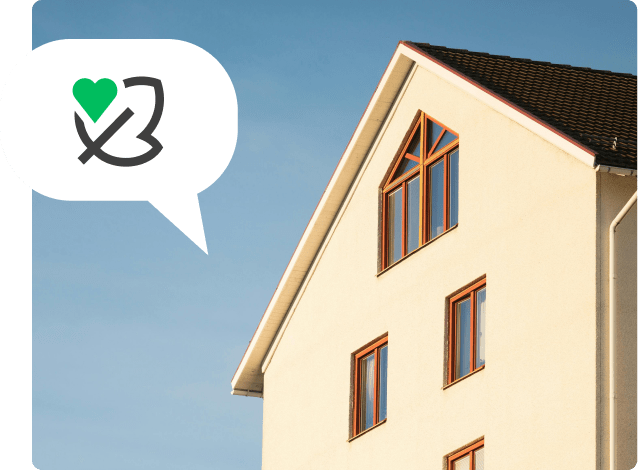
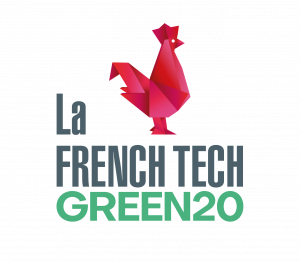

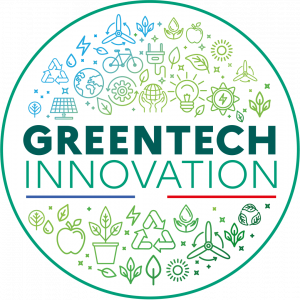

Our data enables you to
Make informed decisions and take action.
We provide this information to those who have the most leverage to take massive action with individuals, namely :
-
insurers for prevention,
-
retail banks for financing transformation works
-
public authorities who initiate regulations
-
and finally, all solution-oriented stakeholders interested in transforming these buildings.
Why is it innovative?
An ambitious ecological trajectory around the building industry
In the current context of ecological urgency, there are very high expectations for the transformation of the building stock. A whole European regulatory context has gradually been put in place around this, forcing public authorities, businesses and private individuals to commit to transforming the building sector so that it can meet the challenges of decarbonisation, climate risk prevention and the protection of life.
Firstly, by reducing their carbon footprint: Europe is committed to reducing building emissions by 60% by 2030. The levers for implementation are essentially linked to energy renovation and exploiting the potential for renewable energy production associated with buildings (photovoltaics in particular).
Secondly, by estimating their vulnerability to climate change and identifying adaptation measures. The new European CSRD (Corporate Sustainability Reporting Directive) requires companies with more than 250 employees to take into account 'physical' climate risks in their non-financial reporting. In addition, financial organisations such as banks and insurance companies are subject to ever-increasing reporting requirements from the ECB. For example, in 2023, the ECB will require every financial organisation to carry out a rigorous assessment of the impact of climate change on its activities and financing, and to put in place an action plan (adaptation plan) to mitigate the effects. The first reports enabled climate stress tests to be carried out, which were widely reported in the media.
The exposure of the property portfolio financed by banks, insured by insurers, or held by corporate customers is a significant part of this reporting, and requires data specific to buildings.

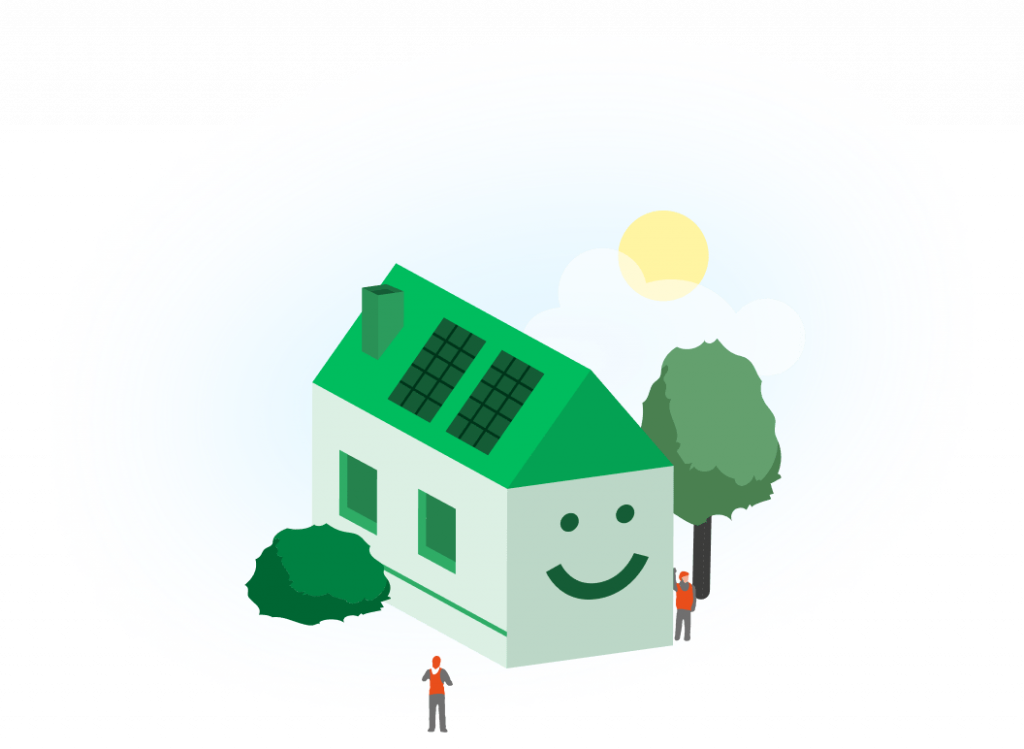
Finally, the challenge of preserving natural resources (water and biodiversity) is also a constraint on the development of the building stock: rethinking urban forms to integrate nature into the city, recreating green and blue belts in local areas while meeting housing production targets, finding solutions to preserve water resources in terms of quality and quantity in built-up areas.
And all of this in a context of territorial development with a target of zero net artificialisation of land: which means that priority must be given to acting on the stock of buildings "already there".
Our innovation in AI
for the future of housing is recognised
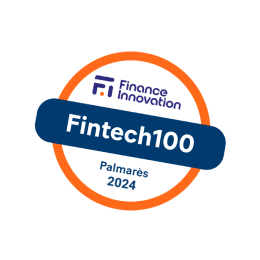
Fintech #1
ESG category Fintech 100 ranking
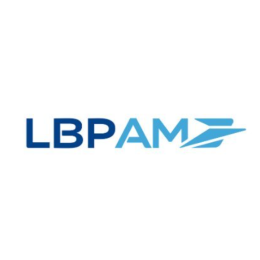
Greentech of the year
LBP AM 2023 Innovation Prize
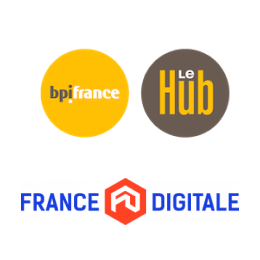
Startup with impact
Mapping 2023 bpi france
A TEAM FOCUSED ON THE FUTURE OF HOUSING
The dream team behind our solutions
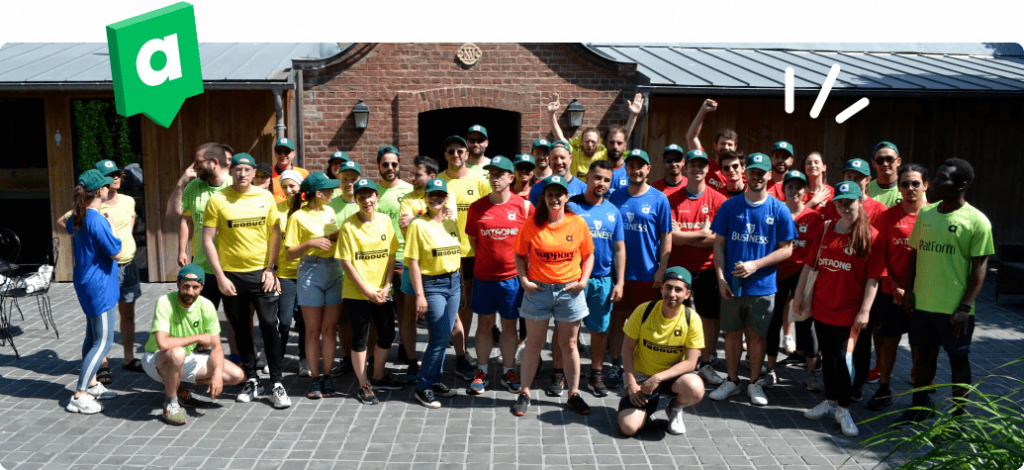

Work with us to help housing go green
We're looking for talented people to help us grow.
Our technology
namR has created a unique and innovative process based on 4 years of R&D.
Geomatics, machine learning, computer vision, natural language processing, expert rules and physical equations... we use a mix of a huge number of technologies to develop our proprietary algorithms.
Step 1
The data used by namR comes from two different sources:
- Open data with 900,000 sources (data.gouv, the regions, geoportal for urban planning, etc.). This raw, non-personal data is incomplete, non-interoperable and heterogeneous.
- Partner data from complementary resources (ADEME, Airbus, IGN, Cerema, etc.), including satellite and aerial images, for example.
Updates to these data sources are automatically detected and integrated into our tools. Data analyses enrich the metadata (format, size, geographical area, etc.).
The data library is then created from all the data.

Step 2
Using machine learning and deep learning tools, expert rules and geospatial algorithms, namR formats, standardises and cleans up this data to make it usable and actionable. Attributes are thus created.
Additional algorithms are used to link the attributes to the address-building reference systems.
Our attributes, which are geolocated and aggregated across 34 million buildings, can be used for a wide range of purposes: ecological transition, insurance and extra-financial risk, commercial performance, operational and logistical efficiency,...

Step 3
Thanks to simple interfacing with your tools, namR can be integrated very quickly. This "seamless" integration makes it easier to get to grips with, provides immediate access and makes use of the platform completely transparent.
namR offers its enriched data in several formats:
- a proprietary interface developed by namR
- a dedicated plugin integrated directly into your tools (Dataiku)
- an API
- a file (xls, csv)
- a GIS connector (Qgis, ESRI)
- a CRM connector (Salesforce)










